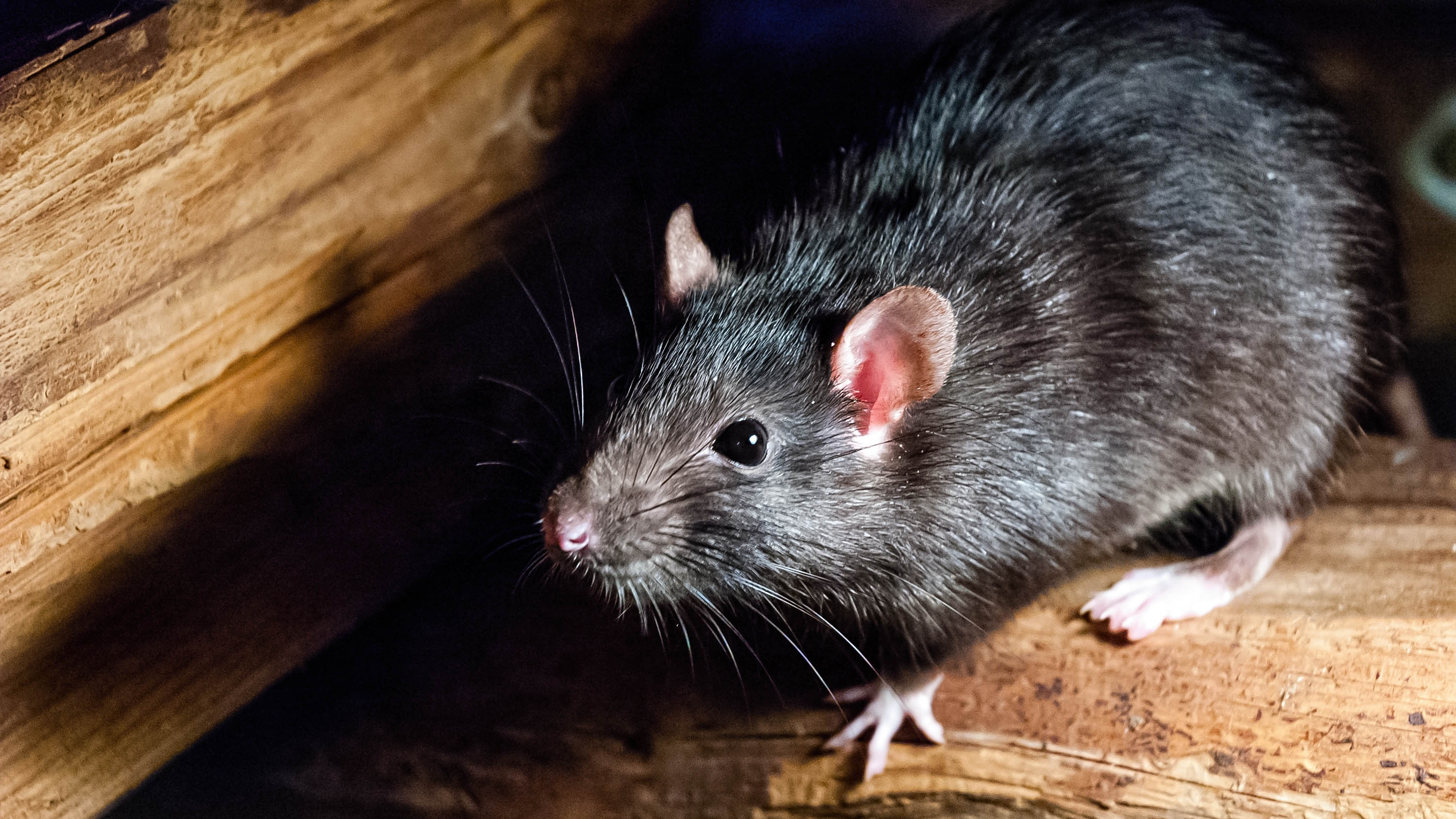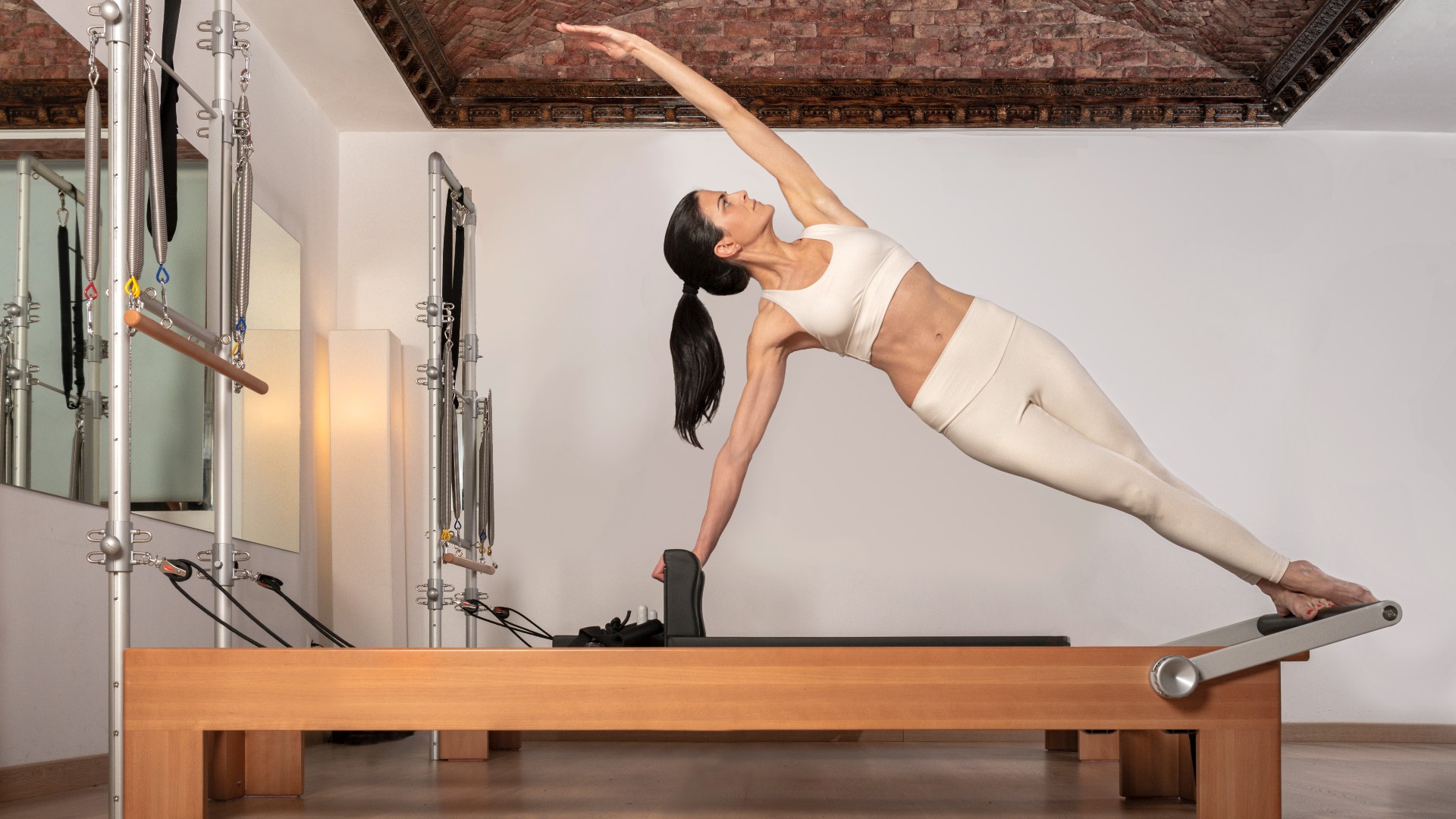
Can Pilates help you lose weight? Well, whether you’re a bendy Pilates pro or just counting down the minutes to escape, there are plenty of benefits of Pilates, and weight loss could be one of them.
Regardless of your preferred Pilates style, it is a popular low-impact exercise option designed to build whole-body strength and muscle. According to the Muscles, Ligaments and Tendons Journal, Pilates can adapt to gentle strength training for injury rehab or a more strenuous cardio workout challenging enough for skilled athletes.
Research — like this study in the Journal of Strength and Conditioning — suggests that those who regularly practice can also expect mental and physical benefits like increased muscular endurance, flexibility, and improved posture and balance. But can Pilates optimize weight loss?
We spoke to Pilates instructors to find out whether Pilates for weight loss works and how you can adapt your Pilates workout to suit your goals. Give this Pilates ab workout a go, grab one of the best yoga mats, and read on for more.
What is Pilates?
According to the Pilates Foundation, founder Joseph Pilates rooted the exercise in injury rehab during the Second World War before it became popular with dancers looking to improve their technique and recover from injury. Pilates evolved again to become a hands-on teaching method using three principles: breath, whole body health and encompassing mind, body and spirit.
Modern Pilates still uses the core principles, but the mind-body practice has a strong core focus on building full-body strength and improving posture. According to celebrity trainer Paola Di Lanzo, founder of renowned Paola’s BodyBarre (PBB), Pilates has evolved to a more ‘fusion-style.’
“When I started my Pilates training, classes were slow without much flow or challenge, and you barely broke a sweat,” Di Lanzo says. “But regardless, the benefits go beyond shifting weight. Think better posture, improved breathing, flexibility and functionality, not to mention the mindfulness element,” she says.
Get instant access to breaking news, the hottest reviews, great deals and helpful tips.
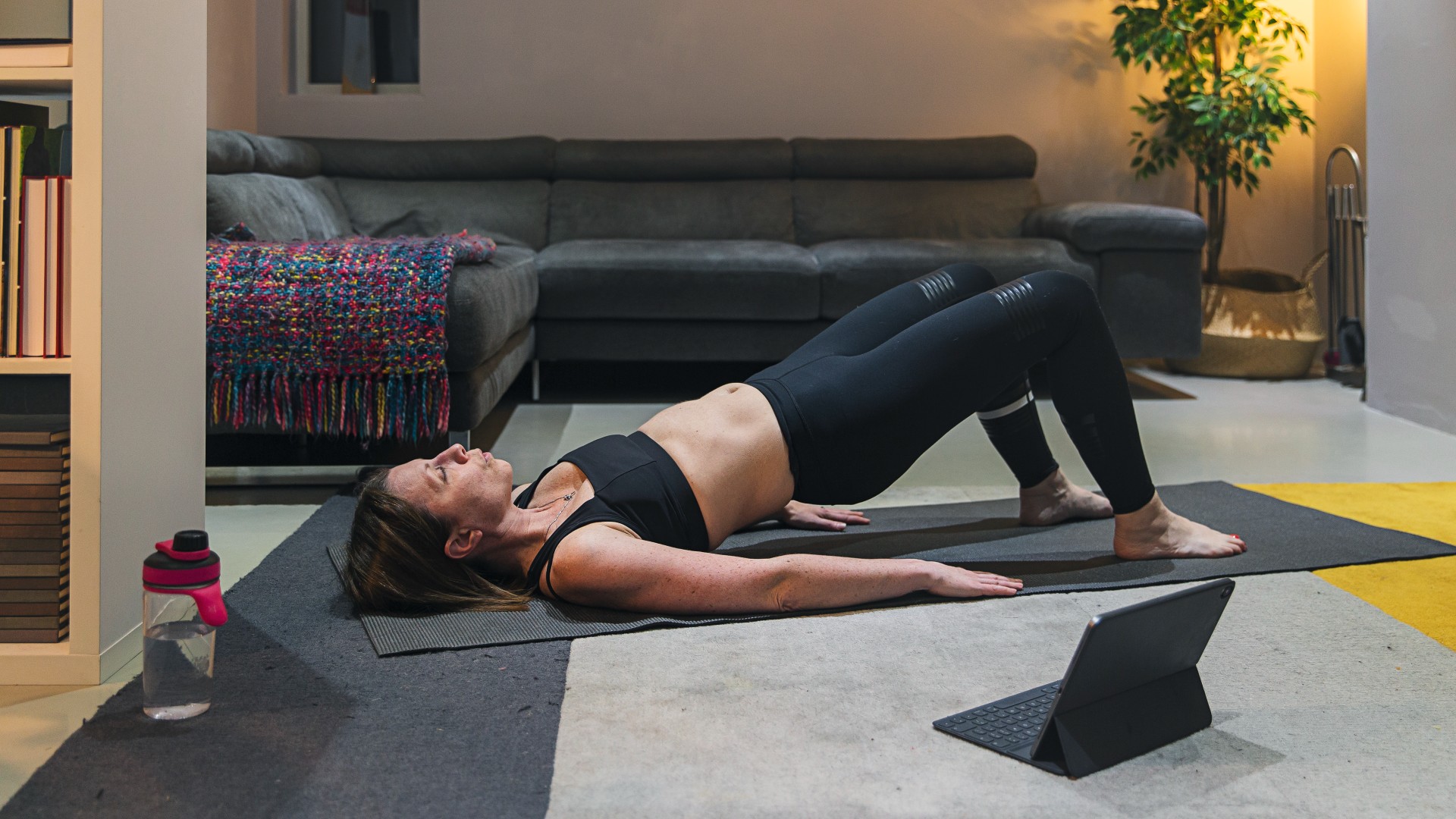
What types of Pilates are there?
“There are many types of Pilates studios nowadays, including classical, reformer-based, mat-based and fusion-style classes,” says Di Lanzo, whose PBB studio combines elements of Barre, TRX and yoga. “It was becoming increasingly evident my clients wanted a one-stop shop for the benefits of a cardio class and Pilates. I upped the ante to provide a more intense and challenging cardio-fusion class within the realm of Pilates.”
Pilates isn’t one-size-fits-all, and it could take a few goes to find your style. If your goal is weight loss, a high-tempo class utilizing equipment and cardio could be a better route than a traditional slow-tempo Pilates class.
Pilates for weight loss: current research
The current research on Pilates for weight loss is limited, but there are some promising studies. For example, this study posted in the Journal of Sports Medicine and Physical Fitness found that 8-weeks of Pilates positively affected body composition in sedentary overweight women.
However, research by the American Aging Association in 2015 found that while a 12-week Pilates plan increased full-body strength, no changes to body composition were detected — although this was partly considered to be because diet wasn’t adjusted.
Pilates for weight loss
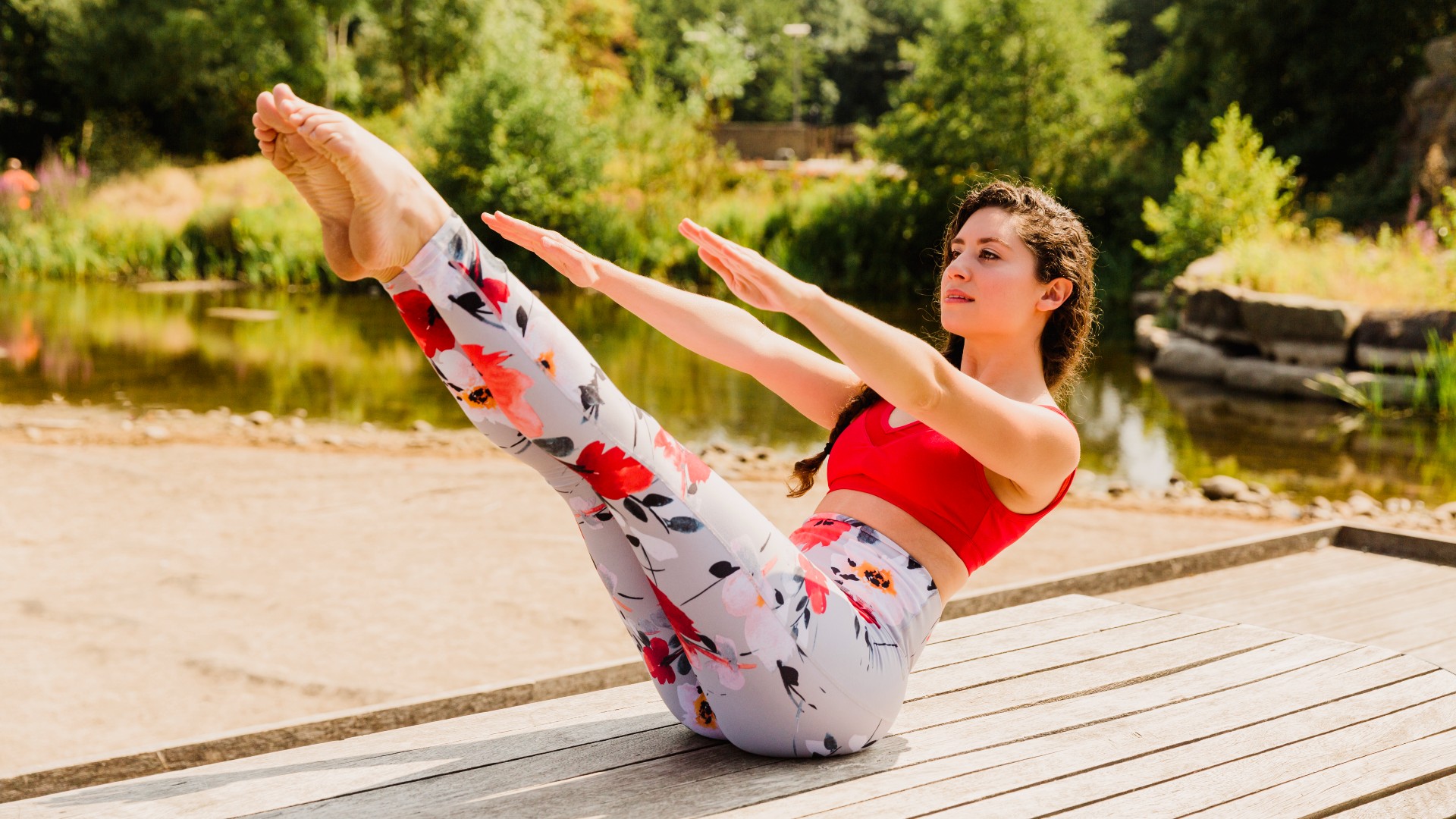
While Pilates for weight loss might not be as effective as high cardio like running (find out how to lose weight by running) or HIIT, Di Lanzo says a trimmer physique could still be up for grabs.
“One of the first questions I get from clients is ‘will I lose weight with Pilates?’” she says. "Yes, Pilates can change your body composition.” Improvements to your spine and joint health could improve your movement efficiency and contribute towards weight loss. But Di Lanzo warns that weight loss is more complicated than practicing Pilates alone.
“To lose weight, improve muscle tone and decrease body fat, we must consider sleep and a healthy diet and lifestyle,” she says. “So while Pilates is amazing, it is not a cure-all.” Instead, clients who add Pilates alongside gym workouts and HIIT report better results and decreased injury; this is partly due to learning the principles of concentration, alignment, technique, breath work and conscious movement, which can improve lifts like your deadlift.
“Pilates may be just the thing you are looking for if you want a leaner figure, but don’t underestimate core strength, flexibility and balance as they are three underrated components of building muscle,” she says. Want to lose weight? Learn how to calculate your body fat percentage and why it matters.
How many calories does Pilates burn?
The calories you burn through exercise vary from person to person, and factors like age, weight and duration come into play. But using a calorie counter based on the Compendium of Physical Activity, a 160lbs person engaging in one hour of Pilates can expect to burn around 200–250 calories. Although this will vary, it is unlikely to burn off that overindulgent dinner (unfortunately) which is why combining Pilates with an increase in your overall daily activity is more likely to enhance your results.
How does Pilates for weight loss work?
Joy Puleo, director of education at Balanced Body, adds that while Pilates for weight loss has not been fully explored, many of her clients still find it a perfect complement. “The answers are consistent effort, challenge and diversity of the program,” says Puleo. “Together, they make Pilates an excellent medium that leads to physical and metabolic changes to support weight loss.” Here’s how:
Consistent effort
Puleo explains that clients feel and see the changes in their bodies. “This is the hallmark of mind-body exercise modalities like Pilates and leads to consistency around training. Consistency leads to lasting changes in strength, tone, posture and mobility. This encourages clients to move more often and more confidently, which increases activity levels and (combined with a healthy diet) positively supports weight loss efforts,” she says.
Challenge
“We know that one of the primary ways to maintain and "stoke" metabolism is to maintain and build muscle mass,” says Puleo. Bodyweight exercise (known as calisthenics) and resistance training (reformer Pilates or weights) challenge your muscles.
While Pilates is not necessarily weightlifting, it is a whole bodyweight and resistance-based system. Puleo believes this is powerful because it supports overall strength and muscle development that could stimulate your metabolism.
Pilates — like all exercise — also encourages mindfulness and reduces stress levels. As we know from research, stress management is a key player in weight loss.
Variety
Puleo adds that Pilates is endless with possibilities, so your body is constantly challenged to build strength and endurance. “When prioritizing weight loss via Pilates, remember that Pilates alone will not do the trick. Healthy food choices, the addition of cardio, and supplementing with weight training is beneficial.”
Pilates for weight loss goes beyond getting lean. It is a mind-body practice and coupled with good nutrition, you have a powerful tool for staying fit and healthy regardless of age and ability.
Looking to up your Pilates workout game? This Pilates exercise is one of the best for sculpting your abs, and these are the 8 best Pilates exercises that target your core.
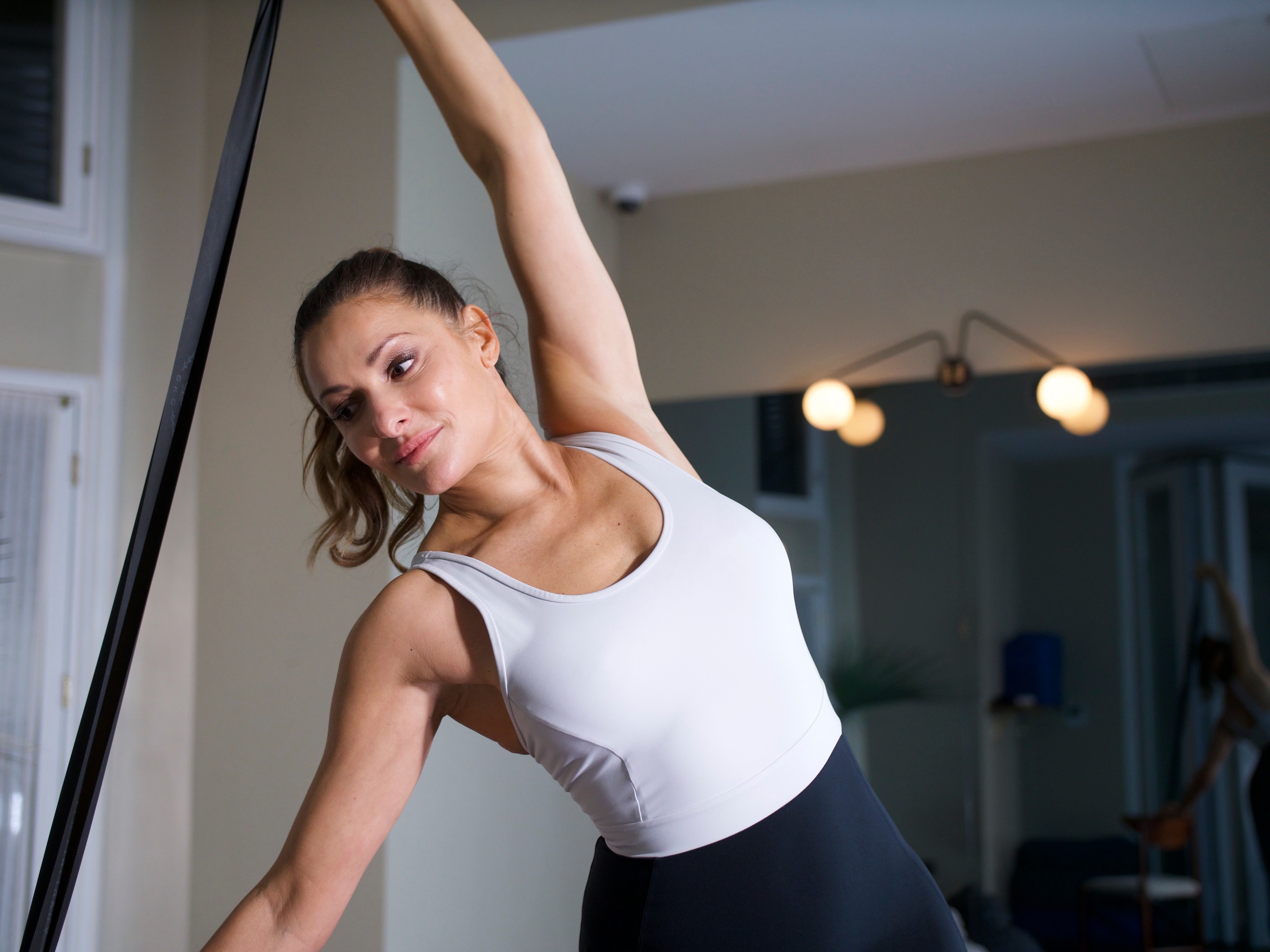
Paola Di Lanzo is the founder of Paola’s BodyBarre Studios and the creator of the PBB method. Her name is in every “little black book” in SW London. Shaping and honing some of London's, most well-known bottoms and bodies. She has trained British and international royalty and A-list celebrities.
Joy Puleo, M.A., NCPT, director of education at Balanced Body.

Sam Hopes is a level 3 qualified trainer, a level 2 Reiki practitioner and fitness editor at Tom's Guide. She is also currently undertaking her Yoga For Athletes training course.
Sam has written for various fitness brands and websites over the years and has experience across brands at Future, such as Live Science, Fit&Well, Coach, and T3.
Having coached at fitness studios like F45 and Virgin Active and personal trained, Sam now primarily teaches outdoor bootcamps, bodyweight, calisthenics and kettlebells.
She also coaches mobility and flexibility classes several times a week and believes that true strength comes from a holistic approach to training your body.
Sam has completed two mixed doubles Hyrox competitions in London and the Netherlands and finished her first doubles attempt in 1:11.
